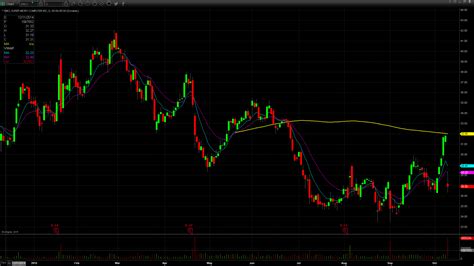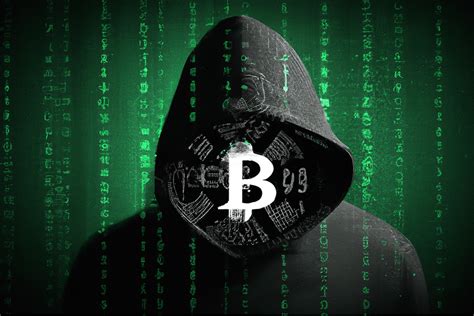Understanding UTC Time: A Comprehensive Guide

`markdown
Have you ever wondered what UTC time is and why it's so important? In today's interconnected world, understanding UTC time is crucial for everything from scheduling international meetings to understanding global news events. This guide will break down what UTC time is, how it works, and why it matters. Get ready to dive into the world of timekeeping!
What is UTC Time?
UTC time, or Coordinated Universal Time, is the primary time standard by which the world regulates clocks and time. It is, in essence, the successor to Greenwich Mean Time (GMT). Unlike GMT, which is based on the Earth's rotation, UTC time is based on atomic clocks. This makes it much more precise and stable.
The Importance of UTC Time
Why is UTC time so important? Here are a few key reasons:
- Global Synchronization: UTC time provides a common reference point for time across the globe. This is essential for coordinating events, transactions, and communications between different countries and time zones.
- Accurate Timekeeping: Atomic clocks ensure the accuracy of UTC time. This is vital for applications that require precise timing, such as financial trading, scientific research, and telecommunications.
- Avoiding Ambiguity: Using UTC time eliminates any confusion that might arise from different time zones and daylight saving time (DST). For instance, when scheduling a meeting with someone in another country, specifying the time in UTC time ensures that everyone is on the same page.
- GMT (Greenwich Mean Time): GMT is based on the mean solar time at the Royal Observatory in Greenwich, London. It is based on the Earth's rotation.
- UTC (Coordinated Universal Time): UTC time is based on atomic clocks and is much more precise. It may occasionally be adjusted with leap seconds.
- Eastern Standard Time (EST) is UTC-5
- Pacific Standard Time (PST) is UTC-8
- Aviation: Air traffic controllers and pilots use UTC time to coordinate flights and avoid collisions.
- Scientific Research: Researchers use UTC time for accurate data logging and analysis.
- Computing: Computer systems often synchronize their clocks using UTC time to ensure consistent time stamps.
- Finance: Financial institutions use UTC time for recording transactions and managing risk.
- Broadcasting: News organizations use UTC time to ensure that broadcasts are synchronized and timely.
How UTC Time Works
UTC time is derived from International Atomic Time (TAI), which is based on the weighted average of atomic clocks around the world. Because TAI doesn’t account for the Earth’s slowing rotation, leap seconds are occasionally added to UTC time to keep it within 0.9 seconds of mean solar time (UT1).
Leap Seconds Explained
Leap seconds are added to UTC time to compensate for the slowing rotation of the Earth. Without leap seconds, UTC time would gradually drift away from actual solar time. When the difference between UTC time and UT1 approaches 0.9 seconds, a leap second is added, usually at the end of June or December.
UTC Time vs. GMT
While UTC time is often used interchangeably with GMT, there are key differences:
Although GMT remains a valid time zone, UTC time is the preferred standard for scientific and technical purposes. Many sources now use UTC time rather than GMT for accuracy.
Converting to UTC Time
Converting local time to UTC time is a straightforward process. Simply determine the offset between your local time zone and UTC time. For example:
So, to convert 10:00 AM EST to UTC time, you would add 5 hours, resulting in 3:00 PM UTC. Many online tools and applications can help with this conversion automatically.
Applications of UTC Time
UTC time is used in a wide range of applications, including:
Understanding Time Zones and UTC Offsets
Each time zone around the world has an offset from UTC time. This offset indicates the number of hours and minutes a particular time zone is ahead of or behind UTC time. For example, New York City is in the Eastern Time Zone (ET), which is either UTC-5 (Eastern Standard Time) or UTC-4 (Eastern Daylight Time).
Understanding these offsets is crucial for scheduling meetings, travel, and other international activities. You can easily find the UTC time offset for any location using online resources.
Conclusion
UTC time is the cornerstone of modern timekeeping, ensuring that the world operates on a synchronized and accurate time scale. Its precision and global consistency make it indispensable for a wide range of applications, from aviation and finance to scientific research and computing. By understanding UTC time, you gain a better grasp of how our interconnected world operates.
FAQ About UTC Time
Q: What is the difference between UTC and GMT?
A: GMT is based on solar time at Greenwich, while UTC time is based on atomic clocks. UTC time is more precise.
Q: Why are leap seconds added to UTC time?
A: Leap seconds are added to UTC time to account for the Earth's slowing rotation and keep UTC time aligned with solar time.
Q: How do I convert my local time to UTC time?
A: Determine the UTC time offset for your local time zone and add it to your local time. Online converters can also help.
Q: Is UTC the same as Zulu time?
A: Yes, UTC time is often referred to as Zulu time, especially in military and aviation contexts.
Q: Why is UTC important for computers?
A: Computers use UTC time to synchronize their clocks and ensure consistent time stamps across different systems.
`





